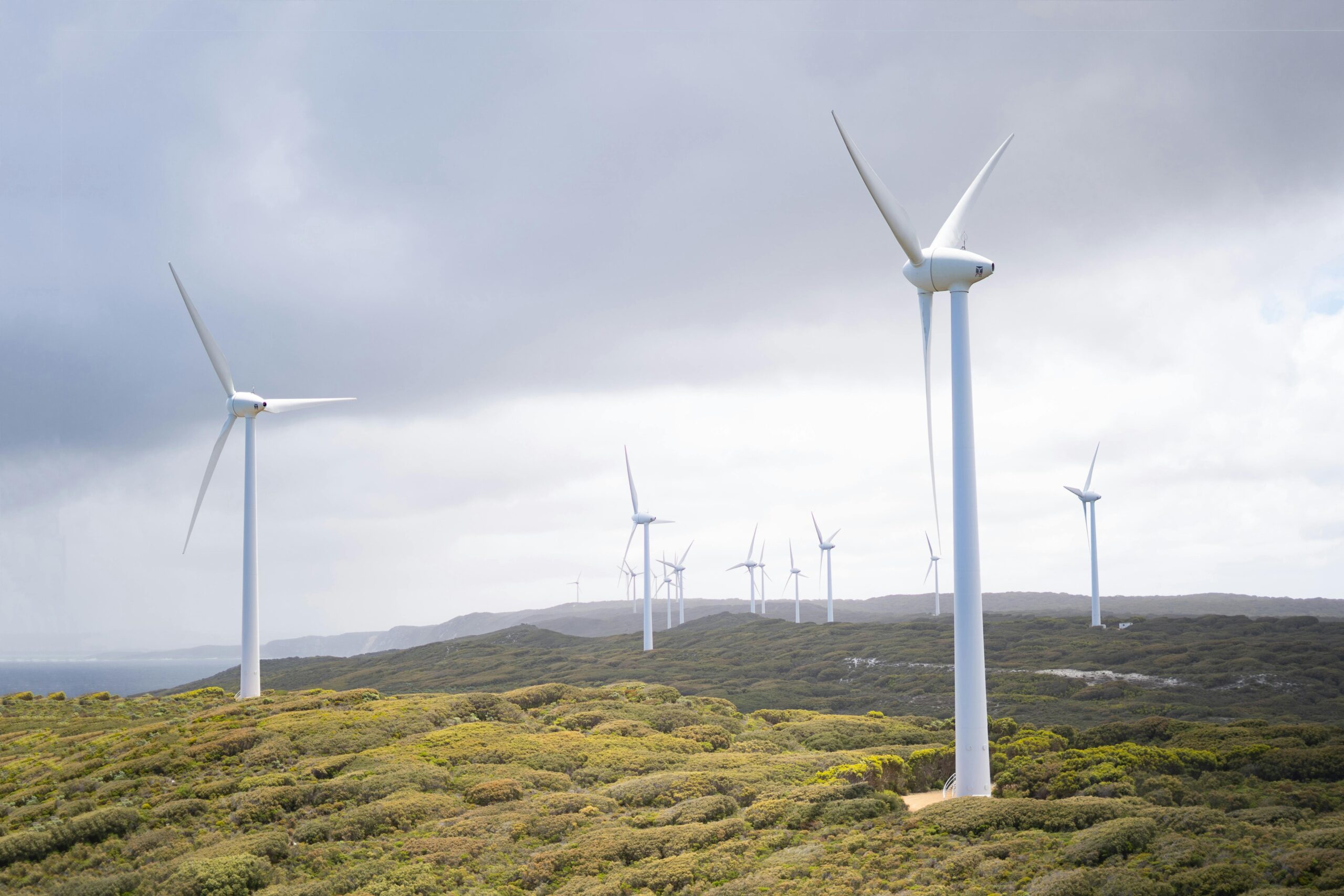Introduction

The climate emergency is the defining challenge of our era. With global temperatures already 1.1°C above pre-industrial levels and extreme weather events becoming increasingly frequent and intense, the transition to a low-carbon economy has gone from being an option to an urgent necessity. In this context, the concept of Net Zero – or net zero emissions – has emerged as the main framework to guide corporate and political action against climate change.
This comprehensive article, with approximately 15,000 words, offers an in-depth and detailed analysis of the multiple aspects of corporate decarbonization. Developed to serve as a strategic reference, the content is structured around six fundamental pillars:
- The current landscape of Net Zero commitments
- Components of a robust decarbonization strategy
- Sector-specific approaches
- Transition financing mechanisms
- Main challenges and pitfalls
- The future of corporate decarbonization
The methodology combines a review of academic literature, analysis of sector reports, study of business cases and interviews with experts. It aims to provide not only a comprehensive diagnosis but also practical tools for business leaders, investors, and policymakers seeking to implement effective decarbonization strategies.
The Current Landscape of Net Zero Commitments

The Evolution of the Net Zero Concept
The concept of Net Zero has its roots in the work of the Intergovernmental Panel on Climate Change (IPCC) and gained global prominence after the Paris Agreement in 2015. Article 4.1 of the agreement establishes the need to “achieve a balance between anthropogenic emissions by sources and removals by sinks of greenhouse gases in the second half of this century.”
This apparently technical formulation actually represents a revolution in climate thinking. Rather than simply reducing emissions, Net Zero recognizes that certain sectors of the economy can continue to emit GHGs, as long as these emissions are offset by equivalent removals. This more flexible approach allows for an economically viable transition, especially for hard-to-decarbonize industries.
The Current State of Corporate Commitments
A recent analysis by the Energy & Climate Intelligence Unit reveals that companies representing more than 50% of global GDP have already adopted Net Zero targets. However, the quality and ambition of these commitments vary significantly:
- Industry Leaders: Companies such as Microsoft, Unilever and Ørsted have set overarching targets covering Scopes 1, 2 and 3, with detailed implementation plans and accountability mechanisms.
- Followers: Most companies are still in the early stages, with generic commitments for 2050 but no clear roadmaps for achieving them.
- Laggards: Some sectors, particularly oil and gas, remain resilient, with targets that rely excessively on questionable offsets.
Regulatory Frameworks and Voluntary Initiatives
The Net Zero ecosystem is shaped by a complex interplay between government regulation and voluntary initiatives:
Mandatory Regulation:
- European Union: Taxonomy of Sustainable Finance
- United States: SEC Rules on Climate Disclosure
- United Kingdom: TCFD Reporting Requirements for Large Enterprises
Volunteer Initiatives:
- Science Based Targets initiative (SBTi)
- Task Force on Climate-related Financial Disclosures (TCFD)
- Carbon Disclosure Project (CDP)
The convergence between these mechanisms is creating an environment where corporate decarbonization is becoming less and less voluntary and more of a basic market expectation.
Components of a Robust Decarbonization Strategy

Scientific and Methodological Foundations
A truly robust decarbonisation strategy must be based on three key science-based principles:
- Carbon Budgets: Based on IPCC scenarios to limit warming to 1.5°C
- Principle of Equity: Considering Historical Responsibility and Current Capacity
- Life Cycle Approach: Assessing all direct and indirect emissions
The application of these principles requires sophisticated emission calculation methodologies, such as Life Cycle Analysis (LCA) and environmental input-output models.
Governance and Strategic Integration
Effective decarbonization requires deep integration into corporate decision-making processes:
- Board of Directors: Creation of committees specialized in sustainability
- Executive Compensation: Linking bonuses to climate goals
- Risk Management: Incorporating climate scenarios into strategic planning
Case studies show that companies with more robust climate governance structures tend to outperform on both environmental and financial indicators.
Technological Innovation and Partnerships
The transition to Net Zero is driving an unprecedented wave of technological innovation:
- Mitigation Technologies: Advanced renewables, carbon capture and storage (CCUS), green hydrogen
- Removal Technologies: Direct Air Capture (DAC), Bioenergy with Carbon Capture and Storage (BECCS)
- Enabling Technologies: Artificial Intelligence for energy optimization, blockchain for emissions traceability
Strategic partnerships between companies, universities, and governments are accelerating the development and deployment of these technologies.
Sectoral Approaches to Net Zero

Energy Sector
The decarbonization of the energy sector is fundamental, representing about 75% of global GHG emissions. Strategies include:
- Accelerated Expansion of Renewables: Solar, Offshore Wind and Other Technologies
- Grid Redesign: Smart and flexible systems for high penetration of renewables
- Energy Storage: Advanced batteries and other long-term storage solutions
Heavy Industries
Industries such as steel, cement, and chemicals present unique challenges due to their energy-intensive production processes and process emissions:
- Green Steel: Use of green hydrogen as a reducing agent instead of coal
- Low Carbon Cement: Alternative Additives and Carbon Capture
- Green Chemistry: Biological raw materials and electrochemical processes
Transportation and Logistics
Decarbonizing transportation requires a combination of:
- Electrification: Electric passenger vehicles and emerging solutions for heavy-duty transport
- Alternative Fuels: Advanced biofuels and synthetic fuels
- Operational Efficiency: Optimization of routes and modes of transport
Financing the Net Zero Transition

Innovative Financing Mechanisms
The transition to a low-carbon economy requires massive investments, estimated at US$ 4-5 trillion annually by 2030. Key mechanisms include:
- Green and Sustainable Bonds: Fast-growing market, surpassing $1 trillion in cumulative issuances
- Results-Based Financing: Pay-for-performance mechanisms linked to decarbonization goals
- Blended Finance: Combining Public and Private Capital to Reduce Risk
Carbon Support and Pricing Policies
Economic policy instruments are playing a crucial role:
- Emissions Trading Systems: Covering about 20% of global emissions
- Carbon Taxes: Implemented in more than 40 jurisdictions
- Targeted Grants: Support for emerging low-carbon technologies
Common Challenges and Pitfalls
Risks of Greenwashing
The proliferation of Net Zero commitments has also brought concerns about deceptive practices:
- Overcompensation: Reliance on questionable carbon credits
- Misleading Target: Focus only on operational emissions (Scopes 1 and 2)
- Lack of Transparency: Insufficient Disclosure of Methodologies and Progress
Technical and Operational Challenges
Practical barriers to implementation include:
- Immature Technologies: For Hard-to-Decarbonize Industries
- Complex Supply Chains: Difficulty in Tracking and Reducing Scope 3 Emissions
- Limited Capacity: Shortage of specialized skills in decarbonization
The Future of Corporate Decarbonization
Emerging Trends
The future scenario will be shaped by:
- Increasing Regulation: Mandatory Disclosure and Due Diligence Standards
- Disruptive Technologies: Advances in nuclear fusion, energy storage, and DAC
- Changes in Consumer Behavior: Demand for Truly Sustainable Products
Strategic Recommendations
For companies seeking to lead the transition:
- Take a science-based approach with clear intermediate targets
- Integrate decarbonization into the core business, not as a peripheral initiative
- Engage the entire value chain, especially critical suppliers
- Invest in innovation to develop proprietary solutions
- Advocate for ambitious climate policies that create a level playing field
Conclusion
The journey to Net Zero is complex, challenging, but also full of opportunities. Companies that adopt robust decarbonization strategies will not only be contributing to solving the climate crisis, but also positioning themselves for success in a global economy that is undergoing profound transformations.
The next decade will be decisive. Actions taken (or not taken) by 2030 will determine whether we can keep global warming within safe limits. The time to act is now, with unprecedented urgency, ambition and collaboration between business, governments and civil society.

Sem comentários